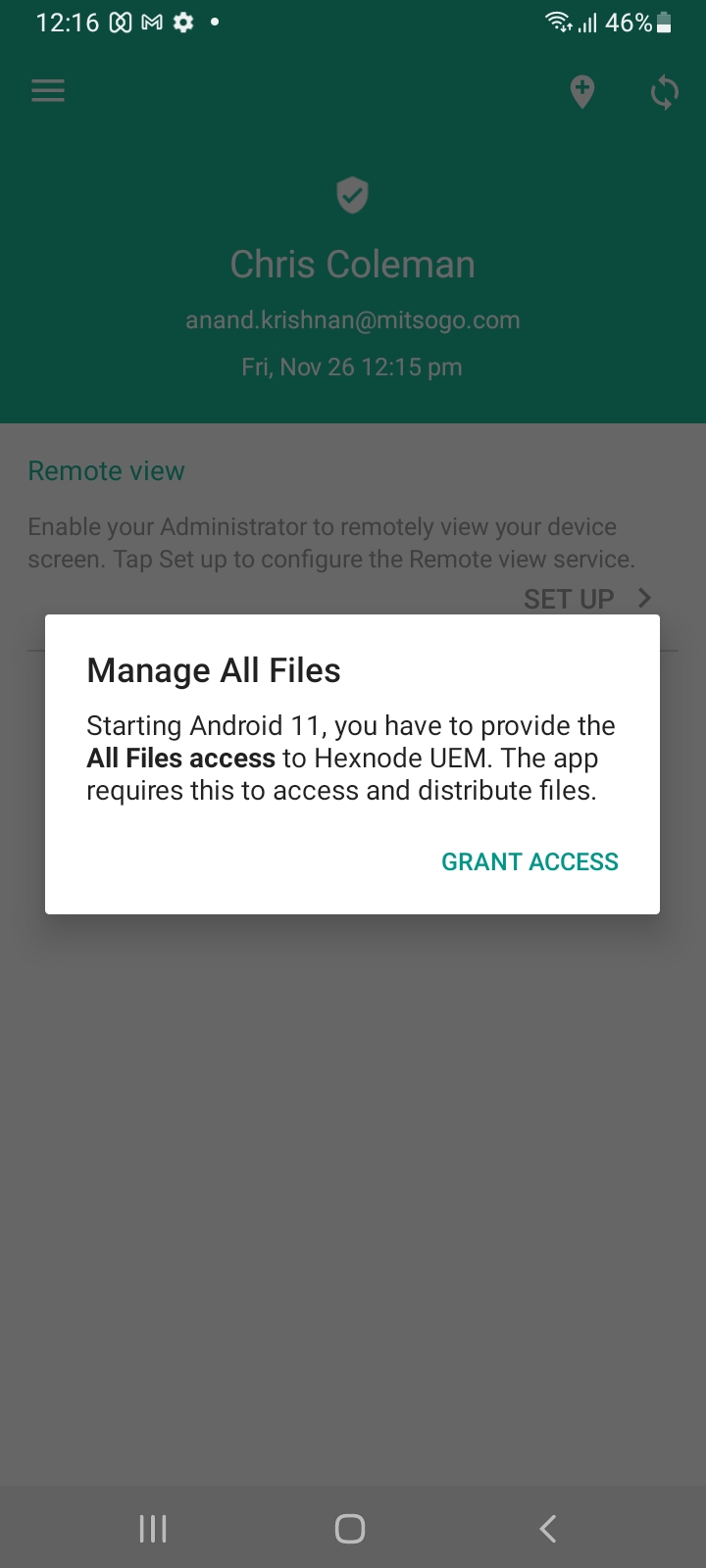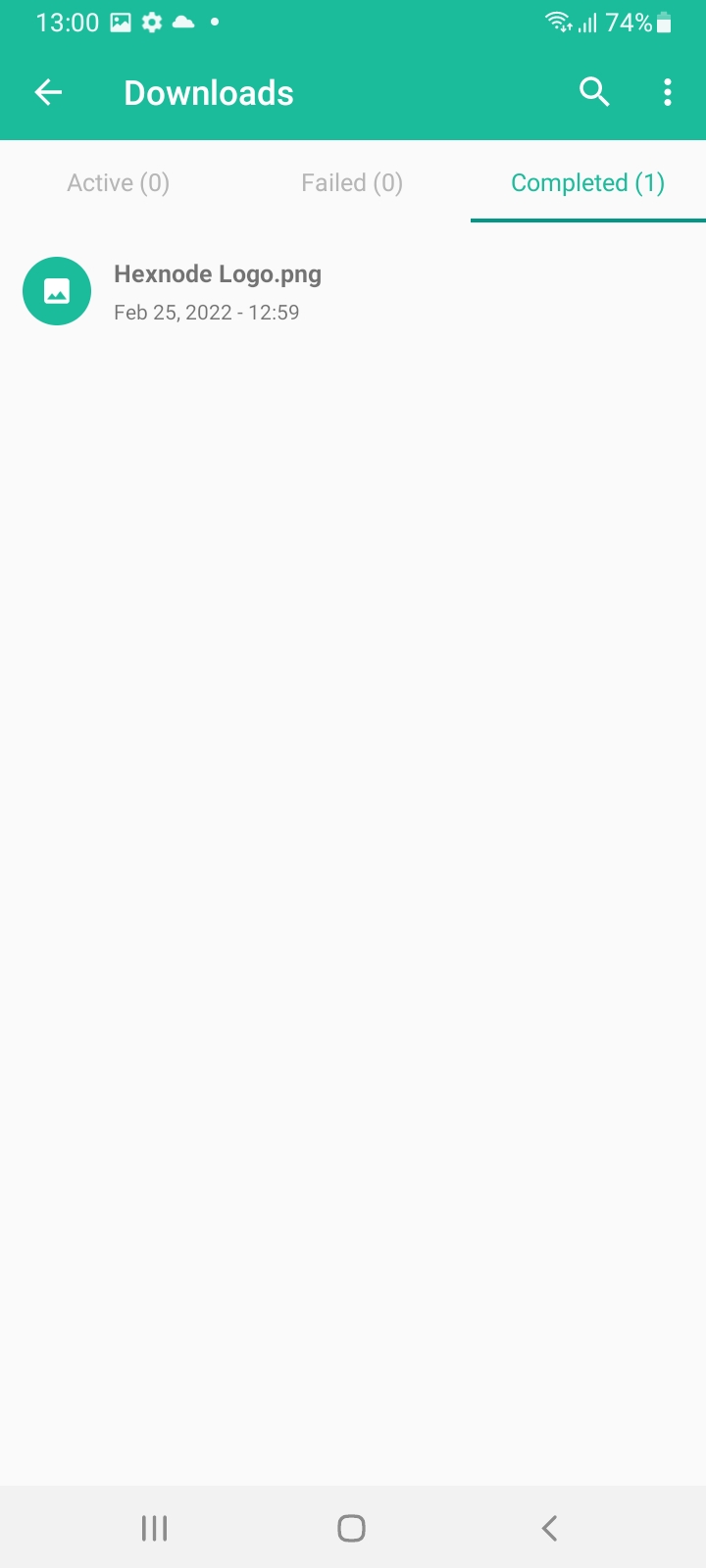Category filter
How to Transfer Files to Android Devices
Hexnode UEM’s File Management feature enables the enterprise to distribute any content to the enrolled Android/Android TV OS devices. This feature provides security over corporate files even when scattered among numerous end points.
The enterprise will be able to send any file (which can be documents, apps, videos, etc.) to any of the enrolled Android devices and they can also specify where the file can be stored. The file will then be downloaded from the server to the device automatically without user intervention. This file can also be deleted from the device remotely from Hexnode UEM. Thus, the file distributed to the devices can be secured even if the devices become compromised.
Distributing Files to Devices
To send files from the Hexnode UEM portal to a designated space within an enrolled device:
- Login to your Hexnode UEM portal.
- Navigate to Content > My Files.
- Click on Add File(s). A popup arises displaying the entries for providing the file name and uploading the file.
- Provide a suitable name by filling in the File name entry. Click on the Choose File option to upload the file you want to send to the device.
- Then, click on Save.
- The uploaded file will be visible on the portal. You can either update or delete the uploaded file.
- Next, go to Policies > New Policy > Android > File Management. Click Configure.
Policy name– Assign a suitable name for the policy. This field is mandatory.
Description– Provide a brief description for the policy.
- Enter the location in the device where you want to send the uploaded file.
- Enter the file name to be sent to the mentioned location.
- Click on Add.
- Next, associate the policy with target devices by navigating to the Policy Targets tab.
- Select the required Devices/Device Groups/Users/User Groups/Domains to which the policy is to be associated.
- Click Save.
The transferred file can be found at the specified location on your Android device. On deleting the policy from the portal, the transferred file gets removed from the device.
The Downloads tab in the Hexnode UEM/Hexnode for Work app helps users keep track of the download status of the files pushed from the Hexnode portal. As the download progresses, the Downloads tab displays the distributed files in either of the following sub-sections: Active, Failed, and Completed.
- Active: Displays ongoing downloads.
- Failed: Displays the files that failed to download.
- Completed: Lists all of the successfully downloaded files.
You can use the search option at the top of the Downloads tab to search any specific file. You can tap the ellipsis icon at the top right corner and click the Refresh button from the drop-down to refresh the download entries of the files pushed from the Hexnode portal. There is also a “Clear All” option to remove all the download entries. It will only remove the download entries from the Downloads tab, whereas the downloaded files will remain on the device.







